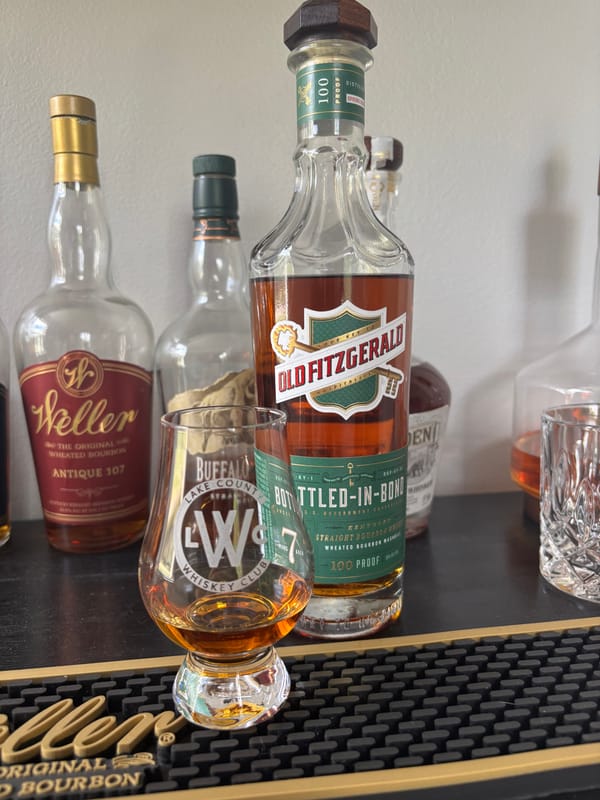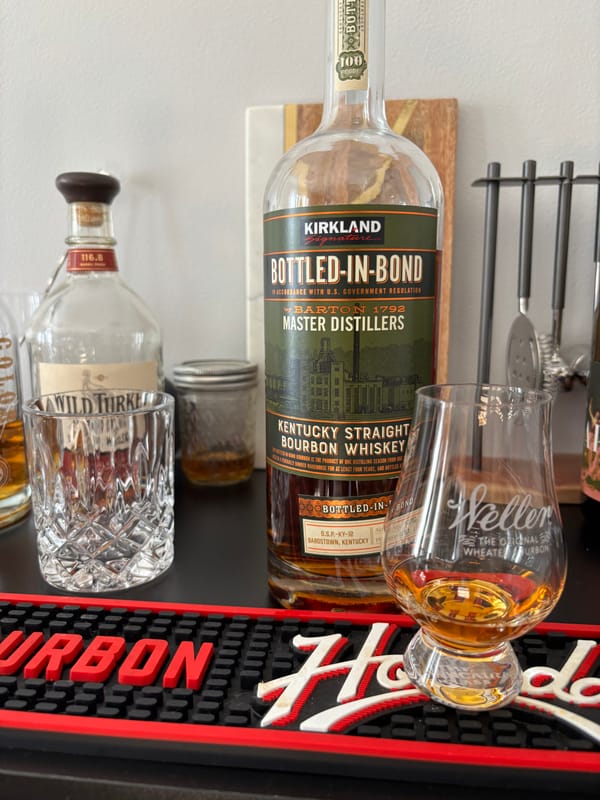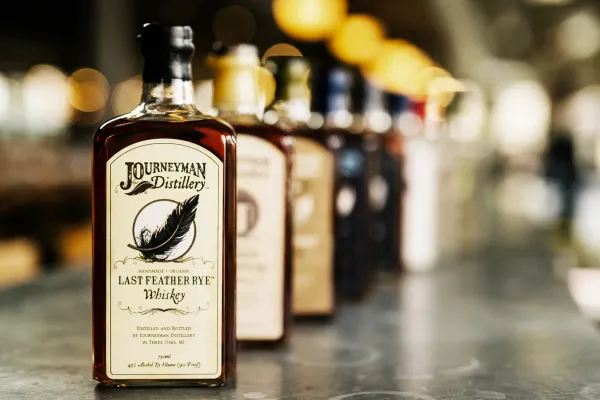Whiskey Yeast Propagation Guide: The Culture You’ll Wish You’d Known Sooner

Yeast Propagation Standards: The Whiskey Culture You Can’t Skip
Yeast propagation in whiskey production isn’t just a technique. It’s the controlled culture that ensures consistent fermentation, driving flavor creation. If you don’t know these standards, you’re missing the culture that ignites every bottle. For whiskey enthusiasts eager to understand whiskey’s core, this is the rock-solid truth about yeast propagation standards, grounded in legal standards and science, and a 2025 must-know.
What Are Yeast Propagation Standards?
U.S. law requires whiskey (bourbon, rye, etc.) to be fermented from a grain mash, producing a wash of 8-10% ABV in three to five days, with yeast as the catalyst. Scotch and Irish whiskey (Scotch Whisky Regulations 2009, Irish Whiskey Act 1980) follow similar rules. Yeast propagation involves cultivating strains in controlled lab conditions—sterile tanks at 75-85°F with nutrient-rich wort—to produce high volumes of active yeast. These strains, proprietary or commercial, generate esters (fruity) and phenols (spicy) for whiskeys bottled at 80 proof minimum after distillation (160 proof max) and aging (two-plus years).
How Yeast Propagation Shapes Whiskey
Propagated yeast for bourbon, high in ester-producing strains, ensures sweet, fruity compounds that evolve into caramel during oak aging in Kentucky’s climate (20-100°F). Rye whiskey uses phenol-heavy strains, amplifying clove notes post-fermentation. Scotch single malts rely on malt-focused yeast, propagated to enhance nutty flavors, aged in Scotland’s cooler climate (40-65°F) for three-plus years. Consistent propagation prevents weak fermentation, maintaining flavor profiles like corn’s sweetness or barley’s malt, critical for legal compliance and whiskeys at 80-120 proof.
Why Yeast Propagation Matters for Your Sip
A bourbon at 80 proof, from propagated sweet yeast, delivers rich toffee warmth, while a rye at 95 proof, from spicy yeast, offers bold clove intensity, per legal standards. Inconsistent yeast dulls flavor. Every sip reflects propagation’s precise role, making your next bottle a vibrant expression of its culture.
Why Yeast Propagation Standards Matter in 2025
Yeast propagation standards are whiskey’s fermentation backbone. By 2025, understanding these rules could make every sip a clear taste of cultured craft, from fruity to spicy. It’s the truth in the culture, so don’t miss the spark.
Check out NEAT: Whiskey Finder—it’ll help you track down bourbon and whiskey near you.





